Disposable cups come in a myriad of shapes, sizes, and colors. They’re great for to-go and take out operations as well as various events such as tailgating, barbecuing, office parties, etc. Disposable cups have gained much popularity over the years because there is no need to clean and dry them, you simply just discard of them when you’re done! Disposable cups are primarily made of either paper, plastic, or foam. Each variation of disposable cup serves a special purpose which we will discuss below.
History of the Disposable Cup
| Dixie Cups is responsible for producing the first batch of single-serve cups, which dates back to 1908. Dixie Cup’s first batch of cups were made of paper, which were then coated with a wax on the inside to prevent spilling. What sparked the idea for plastic cups was the use of communal cups and barrels that people would use to hydrate. These communal cups and barrels were a nesting area for nasty germs and viruses, often leading to people becoming extremely ill. Fast track to the 1960’s, a man by the name Caine patented the idea of a thin plastic container, which would eventually become the plastic cup! |
Disposable Plastic Cups
Compostable Plastic Cups Compostable plastic cups are made of PLA corn starch, which is converted into a polymer. Compostable cups are completely visible to help improve marketing for the product that will be going inside, which helps boost sales! These cups are great for locations who produce their own smoothies or unique looking beverages or for everyday use. Compostable plastic cups are usually rated for liquids 40 to 105 degrees Fahrenheit. |
Hard Plastic Cups ard plastic cups are a tad bit easier on the eye. They are unique, stylish cups that can be used to serve hot beverages such as coffee, tea, hot chocolate and they are also capable of serving up your finest champagne or other craft cocktail. Common places where you can find hard plastic cups are in upscale locations where it is more economically-friendly to go the plastic route rather than more costly glass and/or china. Common places you can find these types of cups would be upscale night life locations, outdoor bars, pool bars, race tracks, etc. |
PET Plastic Cups Polyethylene Terephthalate, otherwise known as PET, is a type of material that is often found in many plastic cups we drink out of every day. Often used in office settings for the water cooler, these can also be used for smoothies and other cold beverages. PET plastic cups are also crack-resistant. |
Polypro Thin Wall Plastic Cups PolyPro thin wall plastic cups are a great economical replacement for PET plastic cups. They are made of durable polypropylene, which costs less than PET plastic but share some similar characteristics such as being crack-resistant and are translucent. These are great for high volume, cold drink serving locations. |
Polystyrene Plastic Cups Polystyrene cups are made up of synthetic aromatic polymer made from monomer styrene, which can be found as a solid plastic or foam material. Polystyrene cups can be solid in color or translucent. These cups are great for large events because they are sturdy, shatterproof, and flexible. Typically these cups are found mostly in party settings because they are inexpensive and durable for popular party games. Like most plastic cups, polystyrene cups are designed primarily for cold beverages so be careful when you’re making your morning cup of Joe that you grab the right cup! |
History of the Foam Disposable Cup
| The Styrofoam cup was invented in Germany by Eduard Simon in 1839. The first predecessor of the modern Styrofoam cup was made of storax, which was an extract of a tree that created a “reinous solid” which later went by the name “styrol”. Fast forward to December 16, 1946, Dow Chemical, a small start-up in Midland, Michigan trademarked the term Styrofoam. The term Styrofoam is often used to describe all polystyrene-type material, but according to Dow it should only be used to describe material produced by Dow. According to Dow, there is no such thing as a “Styrofoam coffee cup”, rather the proper term to use is “foamed polystyrene.” It wasn’t until May 9, 1957, Warren R. Price and Alexander S. Houston, filed for a patent for the making of foamed polystyrene. Price and Houston claimed this method would compete with paper cups and be more comfortably held even with boiling water in the cup. |
Disposable Foam Cups
| Disposable foam cups are a great economical substitution for paper or plastic cups due to its versatility in being able to be used for hot and cold beverages. Foam cups traditionally come in white but are sometimes offered with a pattern on it and are able to be highly customized at the request of a customer looking to brand their business operations. Foam cups are great for hot beverages because of its insolated walls, protecting your hand from the heat! |
History of the Paper Cup
The history of the paper cup nearly mimics that of its of its predecessor, the foam cup. Paper cups date back to the beginning of the 20th century, created by Lawrence Luellen. Much like the foam cup, the paper cup gained popularity through its versatile use in being disposable. It wasn’t until the 1960’s when disposable paper cups became the next best thing since sliced bread. The first convenience chain to ever offer fresh coffee in to-go cups was 7-Eleven in 1964 at one of their locations in Long Island, NY. Fast forward to 2018 and the paper cups is now one of the most widely used disposable cups in existence for both hot and cold beverages!
Poly-Coated Paper Cups Poly-coated paper cups are insulated with either a single or double polymer coating that allows the cup to be able to service both hot and cold beverages. The lining inside the cup helps keep the cup in one piece by helping hot liquids from forming condensation and destroying the cup. These cups come in a myriad of colors and sizes which some featuring rolled rims for worry-free, leak-proof drinking. |
Sustainable Paper Cups Similar to post-consumer cups, these cups can be made up of compostable, double-sided poly paper, and paper-lined styles. Sustainable cups are made up of 100% renewable resources. They can be used both for hot and cold use, but double check if the cup is heat-resistant if you’re selling high volumes of hot beverages. |

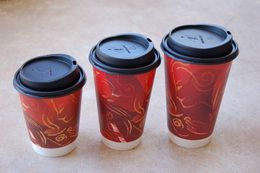

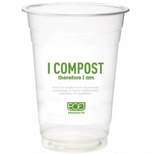
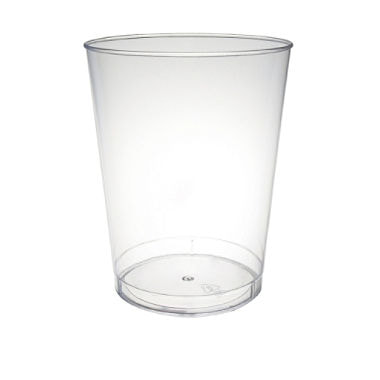
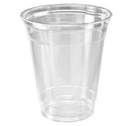
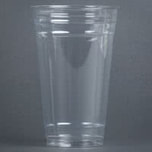
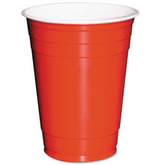
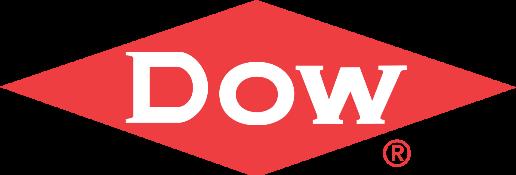
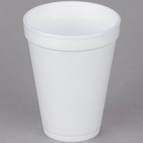
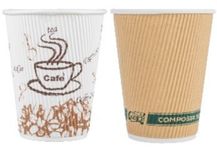
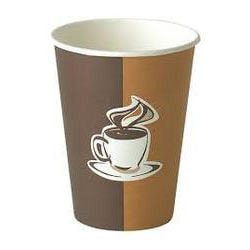
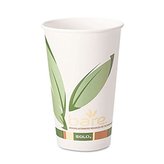
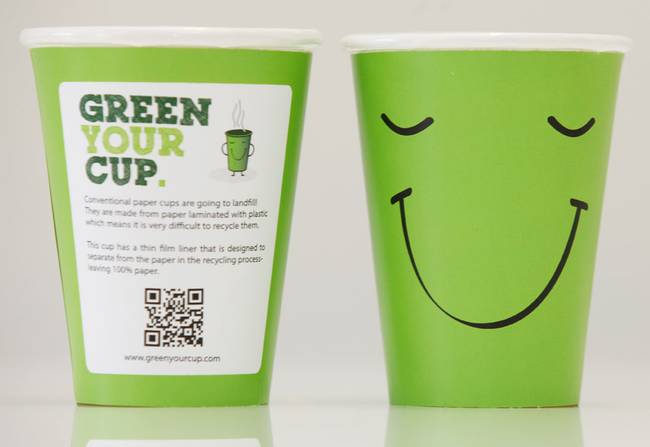
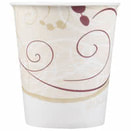
 RSS Feed
RSS Feed
